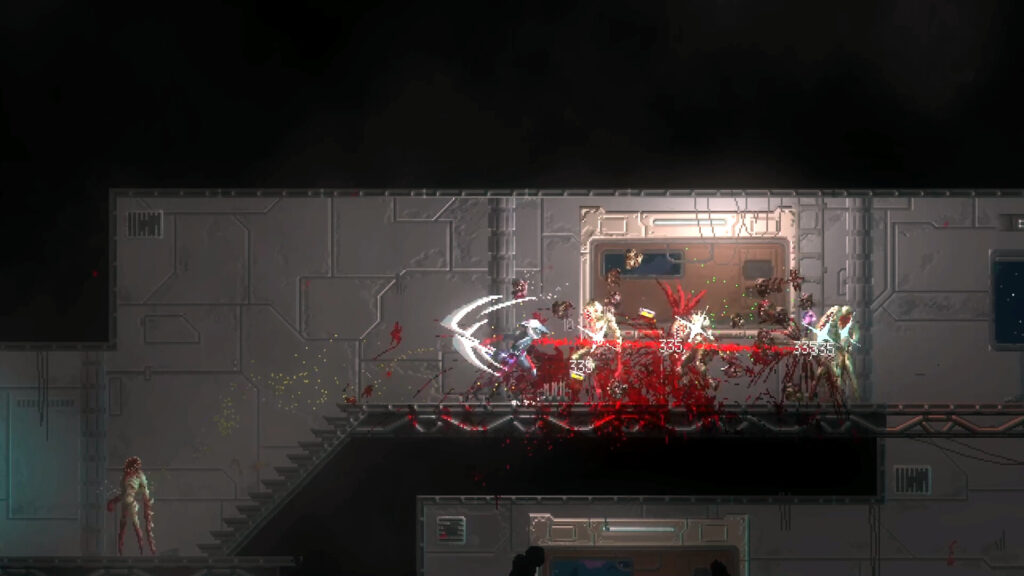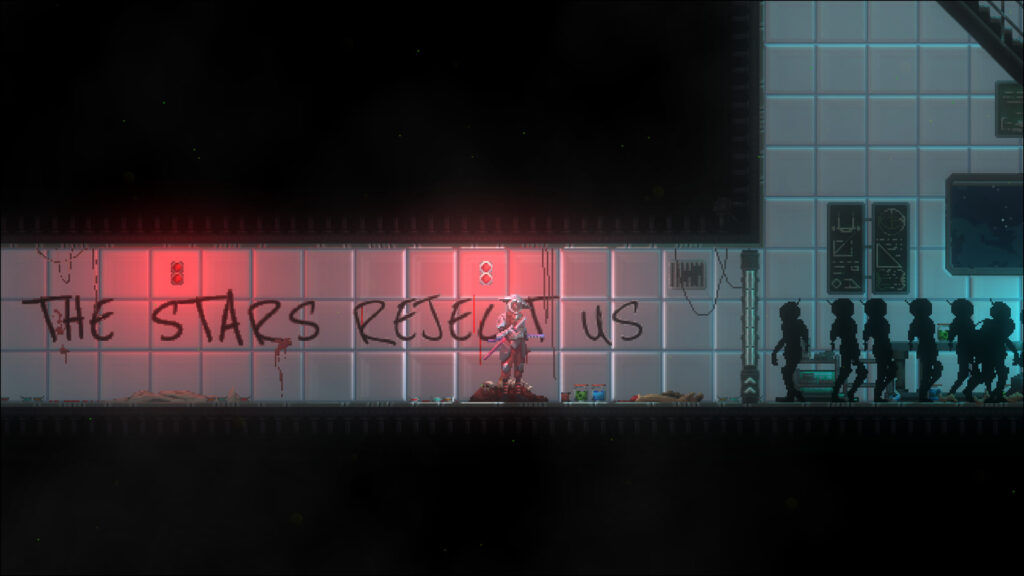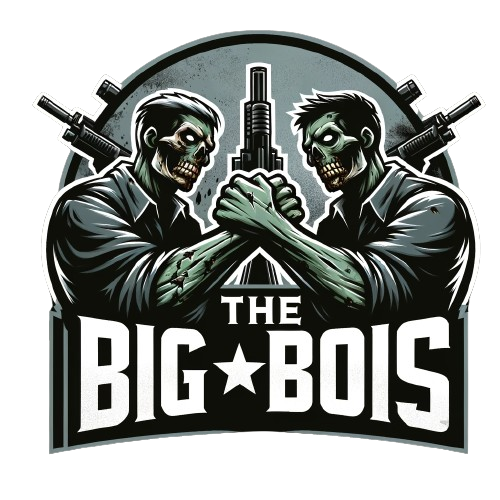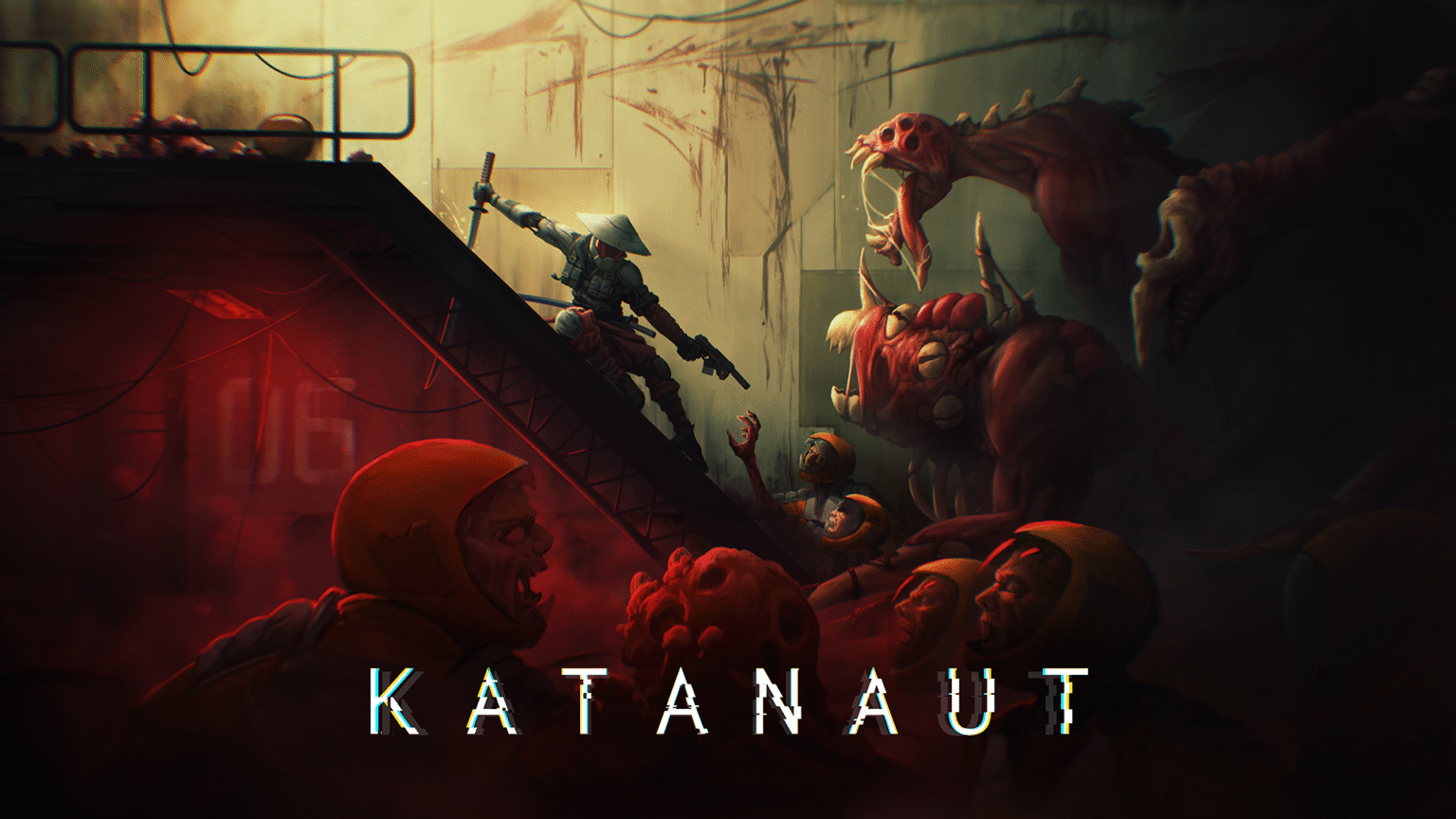Roguelites often thrive on chaos, unpredictability, and the sheer thrill of survival, and Katanaut delivers all three in spades. Developed by Voidmaw and published by Acclaim, Inc., this solo-dev project takes the familiar Metroidvania-inspired roguelite formula and injects it with a potent dose of cosmic horror. The result is a game that feels equal parts Dead Cells, Dead Space, and Katana Zero—but still manages to carve out a unique identity.
Launched on September 10, 2025, Katanaut has already built a strong reputation among players for its fluid combat, oppressive atmosphere, and eerie sci-fi setting. It’s a game where every slash of your blade echoes through flickering corridors, every dodge feels life-or-death, and every descent into the station promises new secrets, new enemies, and new ways to die.
So how does Katanaut hold up as both a roguelite and a horror-inspired action game? Let’s descend into the abyss and find out.

A Space Station Lost to Madness
The story of Katanaut is deliberately cryptic. You take on the role of “Naut,” an unlucky warrior stranded aboard a massive space station that has spiraled into chaos. Once a thriving hub, it is now infested with horrors that were once human, twisted by forces that defy comprehension.
The deeper you go, the less human your enemies become, and the more the atmosphere leans into cosmic dread. There’s a strong sense of desolation here—an empty, flickering station where every encounter feels like something is watching. Environmental storytelling fills the gaps: shattered laboratories, abandoned corridors, memory fragments scattered across the wreckage. It all hints at a story of experiments gone wrong and humanity’s downfall in the face of cosmic terror.
While the lore never spells everything out, that ambiguity works in its favor. Like Dark Souls or Dead Cells, much of the fun comes from piecing together fragments and theorizing about what really happened aboard the doomed station.
Roguelite Foundations With a Souls-Like Twist
At its core, Katanaut is a roguelite: every run generates a new series of procedurally designed pathways, enemies, and loot. No two descents play out the same, and dying means starting over. But thanks to clever design, death doesn’t erase your progress entirely. Memory fragments collected during each run carry forward, allowing you to unlock permanent upgrades and new abilities back at the hub.
This progression strikes a great balance between challenge and reward. Even when a run ends abruptly—whether from a mistimed dodge or an overwhelming mob—you walk away with something that makes the next attempt more promising.
Adding to this loop is a stamina-based combat system that feels inspired by Souls-like games. Every slash, dodge, and parry consumes stamina, forcing you to fight with precision instead of button-mashing. At first, the stamina restrictions can feel limiting, especially for players expecting constant hack-and-slash chaos. But once you settle into the rhythm, the system rewards patience and tactical play.

Combat: Fast, Brutal, and Rewarding
Combat in Katanaut is where the game truly shines. It’s visceral, weighty, and varied enough to keep you experimenting. You start with a simple blade, but it quickly expands into a wide range of loadouts: energy rifles, shotguns, grenade launchers, exotic swords, and perks that completely reshape your playstyle.
Parrying is particularly satisfying. Time an attack right, and you can deflect incoming strikes—or even send enemy projectiles hurtling back at them, Nier Automata-style. Dodging through attacks and countering with a precise slash feels just as rewarding as in any top-tier action game.
Bosses take this intensity to the next level. Each one embodies a different flavor of cosmic horror, with mechanics that force you to adapt. One reviewer noted that the first boss can feel “spongy,” requiring a few minutes of focused attacks to bring down, but the encounters are thrilling nonetheless. Later bosses ramp up the challenge considerably, demanding sharp reflexes and clever use of abilities.
The one caveat: some players may find the combat slightly clunky early on, before upgrades smooth out the experience. Still, the systems become more complex the deeper you delve, and the payoffs are worth the learning curve.
Atmosphere and Art Direction
Visually, Katanaut nails its theme. The pixel art is detailed and moody, drenched in neon lighting and flickering shadows that evoke both cyberpunk aesthetics and grimy sci-fi horror. Each zone feels distinct, from sterile laboratories to warped chambers that look almost organic.
Enemy design is another highlight. Twisted humanoids shuffle down corridors, grotesque abominations lash out in tight quarters, and every design feels like it could’ve walked straight out of Dead Space.
The soundtrack leans on synthwave and retrowave tracks, which complement the action well but may feel repetitive to some players after extended sessions. Still, the combination of music and sound effects builds an oppressive, high-energy atmosphere that suits the setting.
Progression, Upgrades, and Replayability
What sets Katanaut apart from many roguelites is its layered progression. Between runs, you can spend the resources you’ve collected to unlock permanent buffs, new weapons, and fresh abilities. During runs, temporary perks and random upgrades shape your playstyle, encouraging experimentation.
This dual system ensures that no two runs feel identical, even if you’re revisiting familiar corridors. Some players have noted that certain upgrades feel more like small-number tweaks than game-changing powers, but there are enough unique abilities to keep things fresh.
Replayability is further boosted by the game’s “Warp” system, which functions similarly to Dead Cells’ difficulty scaling. Beating the final boss unlocks new Warp levels, introducing tougher enemies, altered encounters, and new rewards. For players who thrive on challenge, this provides dozens of hours of extra content.
And yes—you can pet the cat in the hub. Essential.
The Rough Edges
For all its strengths, Katanaut isn’t flawless. Early combat can feel clunky until upgrades kick in. Stamina restrictions, while thematic, sometimes hold back the “fast-paced” flow that roguelite fans might expect.
The map system could also use refinement. Important pickups and interactables aren’t always easy to spot, and some players have found themselves missing items simply because the visuals weren’t clear enough.
Performance-wise, the game runs well even on Steam Deck, though a few bugs and balance quirks have been reported. The solo developer has already shown responsiveness to feedback, patching issues quickly, which bodes well for long-term support.
Katanaut: Katanaut is one of the most exciting indie roguelites of 2025. It blends the rewarding progression of Dead Cells, the atmospheric dread of Dead Space, and the precision combat of a Souls-like into a package that feels fresh and addictive. It isn’t perfect—combat can feel awkward at first, and some systems could use fine-tuning—but these flaws are minor compared to the sheer fun of diving into the station’s haunted corridors run after run. Whether you’re slashing through abominations with a katana, unlocking bizarre new upgrades, or just petting the cat before another doomed attempt, Katanaut delivers a memorable experience. For roguelite fans, sci-fi horror lovers, or anyone craving a game with style, substance, and plenty of replayability, Katanaut is absolutely worth the plunge. – Obsidian


